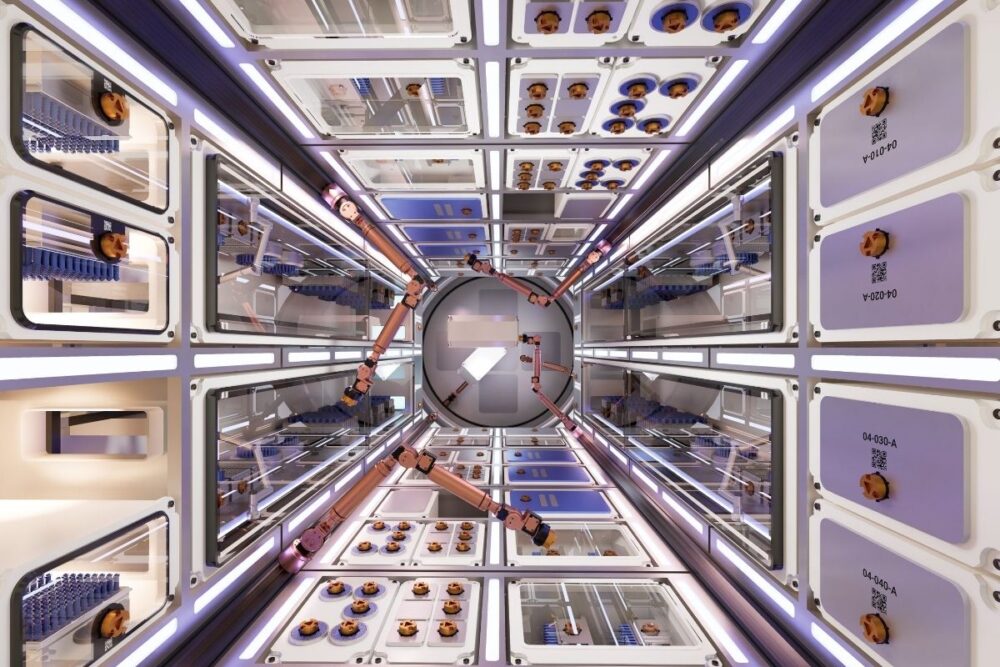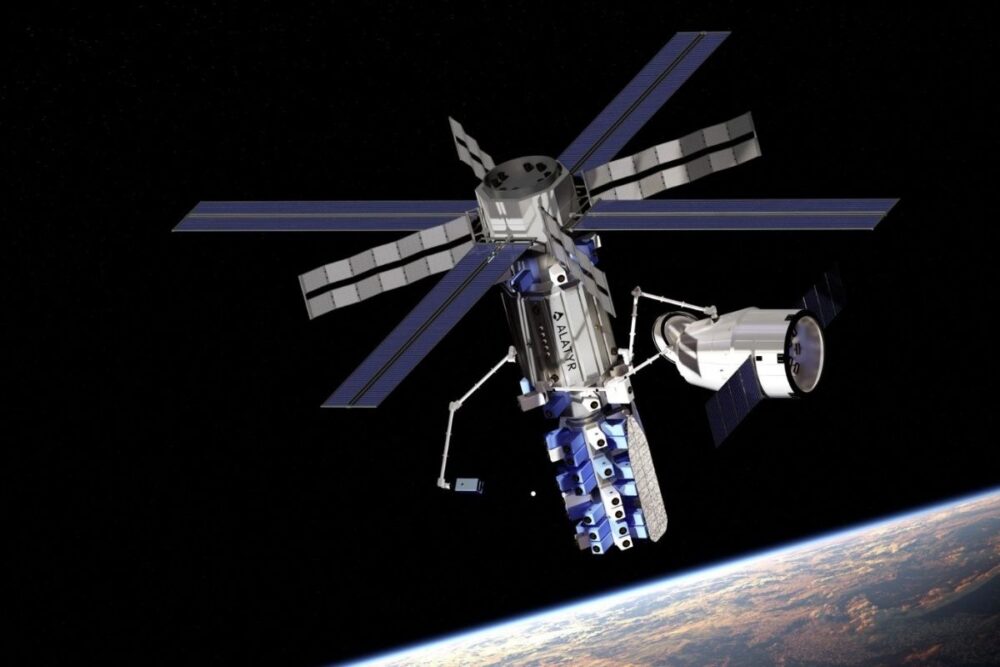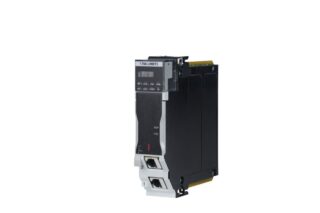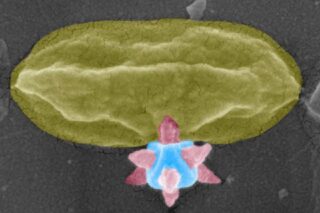As the post-ISS transition accelerates, European space startups are unveiling their own orbital alternatives. Among them, French startup Alatyr is developing a fully robotic space station dedicated to microgravity research. At the 2025 Paris Air Show, DirectIndustry met with Joost Van Tooren, Head of Space Commercial Development at Alatyr, to learn more about their modular, automated, and interoperable platform designed to serve the needs of biological and pharmaceutical R&D in orbit.
A Station Without Astronauts for In-Orbit R&D
Alatyr’s promise is bold: enable scientific research in orbit without astronauts.
“We want to develop robotic stations in orbit, initially focused on microgravity research,” explains Joost Van Tooren.
The goal is twofold: eliminate the high costs and operational constraints of human presence in space, and make orbital research as fluid and responsive as a lab on Earth.
“Today, conducting an experiment aboard the ISS means waiting two years to try again if the results are disappointing,” says Van Tooren.
In contrast, Alatyr promises up to 20 experiments per year, remotely managed from Earth, thanks to a fully robotic station.
The station features a modular architecture, combining a pressurized laboratory zone for in-orbit experiments with an unpressurized logistics and storage module. At an altitude of approximately 400 km, the station has a total mass of around 15 tonnes. Vehicle docking, cargo transfer, and even scientific experiment handling are managed by robotic arms developed in partnership with leading European industrial firms. These arms are capable of precise manipulation both inside and outside the station. The capsule is also equipped with onboard analytics systems and a remote-control interface, allowing operators on the ground to monitor missions and interact with payloads in real time.
With no crew aboard, the station bypasses all the limitations of human spaceflight: it’s more compact, less expensive, and compatible with a wide range of resupply vehicles.
Watch their video
Designed for Flexibility and High Cadence
Alatyr’s model is based on the concept of modular, pressurized containers, much like intermodal freight containers on Earth.
“We don’t dock with the vehicle. We grab the container, transfer it, and integrate it into the lab,” says Van Tooren.
The entire system is operated remotely via a software platform that enables researchers to adjust protocols in real time based on early results. This emerging concept of a Cloud Laboratory is central to Alatyr’s vision.
Thanks to automation, miniaturization, and lab optimization, the pace of experiments becomes comparable to that of terrestrial labs — but with the unique advantages of microgravity. This, Alatyr believes, could finally unlock the full potential of an emerging market long held back by infrastructure constraints.
By the end of 2028–2029, the company aims to launch its first compact station (around 1–1.5 tons) using a European microlauncher. The mini station will be resupplied at least once a year by an orbital vehicle. A larger version, currently in design, is scheduled for the following decade.
This scalable architecture allows Alatyr to address the growing bottleneck in orbital research capacity as the ISS approaches retirement. The ISS is indeed expected to be decommissioned by 2030–2031.
READ ALSO
Building a Market at the Intersection of Science and Industry
Alatyr is laser-focused on biological and medical research in microgravity. Its station will host experiments on 3D cell growth, protein dynamics, and gene expression, which are hard to replicate on Earth.
“A lot of biotech companies tell us: if this were possible at that pace and cost, we’d go for it,” Van Tooren notes.
While a large commercial market doesn’t yet exist, Alatyr is determined to help build it from the ground up. The company employs in-house biologists, collaborates with research institutes and biotech startups, and is preparing two test missions by the end of 2025, one of them backed by CNES (the French national center of space studies). For funding, the startup is currently supported by family offices and is preparing a second investment round.



A Tech Platform for Tomorrow — In Space and on Earth
Alatyr’s robotic model also offers applications beyond orbital research. Its technology is already drawing interest from space agencies for robotic lunar exploration, in situ analytics, and dual-use operations (civil and defense). Additionally, innovations in automation, consumables recycling, and remote lab control could be adapted for remote terrestrial zones or biotech facilities.
With a 12-person team based outside Paris and a strong systems engineering DNA, Alatyr emphasizes partnership over competition.
“We’re not here to replace the big players — we want to work with them,” insists Van Tooren.
While awaiting the outcomes of the European Space Ministerial conference later this year, the company continues to promote its hybrid model, bridging Earth and space. And that’s no coincidence: the name Alatyr comes from a mythical Slavic stone, a symbol of passage between worlds.
“For us, that’s exactly the idea: a bridge between space and Earth, between fundamental science and real-world applications,” concludes Van Tooren.
If Alatyr’s robotic station succeeds in its mission, it could well usher in a new chapter in space-based biotechnology.
Also from le Bourget Paris Air Show 2025










